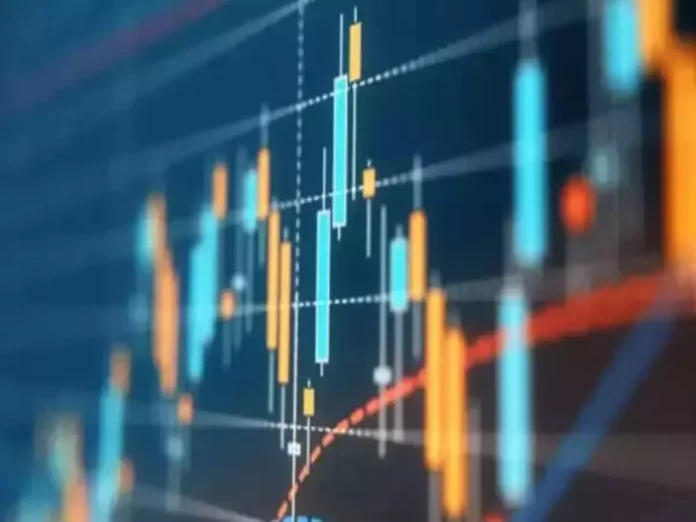As you know Stocks have surged 20% above last October’s low, which technically indicates that a new bull market has begun. But has it been really? Let’s start by looking at some key definitions.
Whenever the stock market moves down by 20%, which is considered the start of a new bear market (precisely what happened just over one year ago, when the S&P 500 officially entered bear market territory). Conversely, when the market moves up by 20%, which is a widely accepted indicator that a new bull market has begun. So by those measures, we should be in the clear now, and it’s onward and upward from here… right?
Some experts say no, pointing to the fact that some bear market rallies (an “up” period within an overall “down” market) sometimes exceed 20%, before giving way to fresh new lows. But others say yes, and are advising their clients to increase their stock holdings. So instead of trying to pick a side in this debate, we at Devon Bank Wealth Management are more interested in looking at the fundamentals of the recent market rally, to try and help determine if it has staying power or not.
Let’s take a close look at the recently ended first half of 2023. The Nasdaq gained 33% during those first six months, its third best first half since 1972. That’s a welcome rebound after it’s disastrous 2022, when the technology stock-oriented index fell more than 30%. And now that we’ve witnessed this unprecedented period of volatility, it makes sense to ask the question: can these gains last? A key aspect of Nasdaq’s year so far is that its success has been driven by a small handful of big name stocks, namely the “Big Seven” consisting of Tesla, Apple, Microsoft, Meta, Nvidia, Alphabet and Amazon. Without these index stars padding its numbers, the Nasdaq’s returns would bear more resemblance to the not-so-tech-weighted S&P 500, which is up 16.1% year-to-date. About half as much as Nasdaq, but a great return nonetheless.
So why have the Big Seven gained so much? It’s a lukewarm macro environment, as interest rates are still high (compared to what we saw before 2022) and growth is tepid. Certainly, there is a technical bounce back after 2022. But, in our view, a major driver of this year’s gains is a vital─ yet often overlooked─ factor: investor sentiment.
The most well known measure of investor sentiment is the CBOE Volatility Index, or VIX (also known as the “Fear Index”). If you look at the VIX over time, you’ll notice that it tends to be lower during bull markets (when fear levels are low and investors expect stock prices to increase) and higher during bearish periods (when folks are losing sleep with worry that their portfolio is going to drop significantly in value.) One year ago, after stocks had sunk into bear market territory, the index soared to a historically high-40. But today, with the market having surged for a couple quarters in a row and investors feeling much calmer, the VIX is down closer to 10.
Similarly, the CNN Fear & Greed Index, which is measured on a zero to 100 basis (with zero meaning extreme bearishness and 100 indicating almost no fear of stocks), is an extremely useful market sentiment reading. Much like the VIX, the F&G Index dropped as low as 20 last summer, squarely in the “Extreme Fear” range. But twelve months later, it is over 80 and has crossed into the land of “Extreme Greed.”
But how does one actually use measurements like these to help make better investment decisions? By keeping in mind that the pendulum tends to swing too far.
Whether you’re talking about politics, the Bears, or the stock market, public opinion has a tendency to shift too far in one direction (“OMG is that a meteor hurtling toward Earth?!?”) before it ultimately swings back in the other direction (“OMG that fluffy cloud looks exactly like Snoopy!”). Which is exactly what the stock market has done over the course of the last year or so: a series of overcorrections that, in retrospect, make most investors look like a bunch of dummies.
The more we learn to step back and recognize when we’ve reached these extreme ends of the sentiment spectrum, the better we’ll be able to use them to our investing advantage.
Courtesy Devon Bank newsletter







